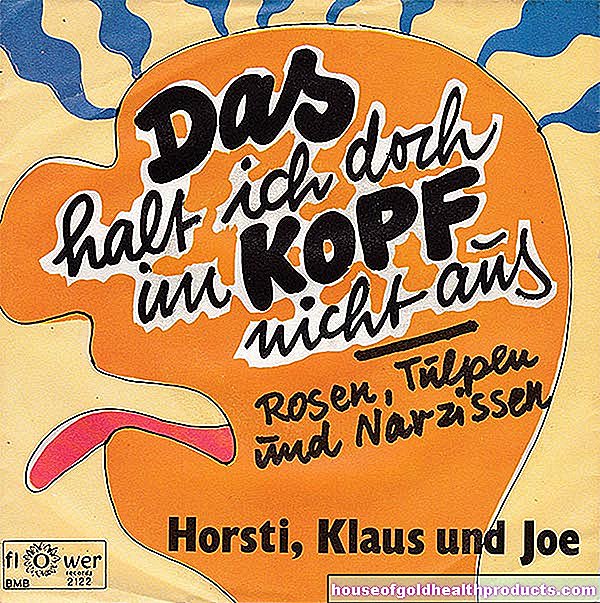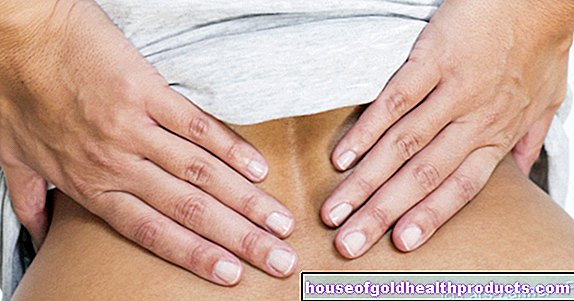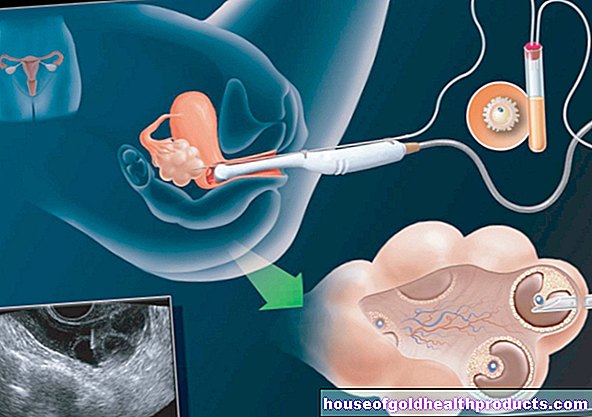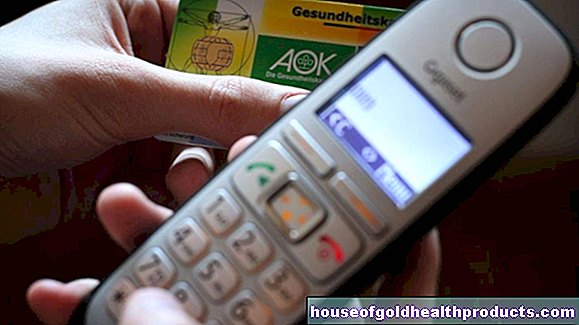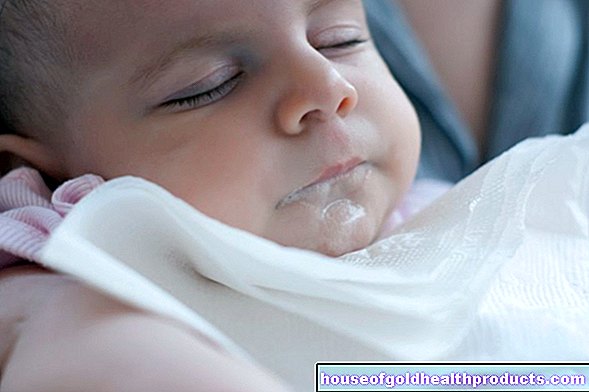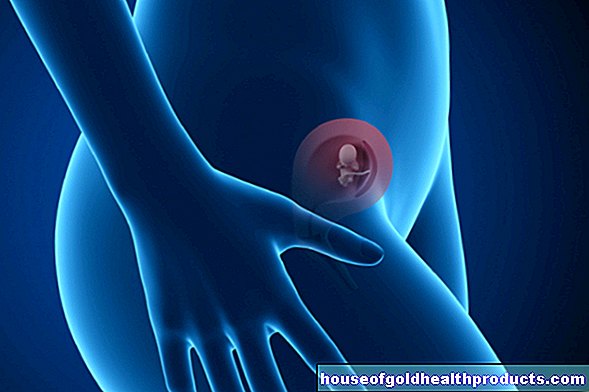Rapid Antigen Tests: Poor Performance
Christiane Fux studied journalism and psychology in Hamburg. The experienced medical editor has been writing magazine articles, news and factual texts on all conceivable health topics since 2001. In addition to her work for, Christiane Fux is also active in prose. Her first crime novel was published in 2012, and she also writes, designs and publishes her own crime plays.
More posts by Christiane Fux All content is checked by medical journalists.Rapid antigen tests could be much more unsafe than hoped: even when used by specialist staff, they overlook more than half of those infected.
Travel, events, school lessons: In order to control the corona pandemic, the authorities are relying on testing in addition to vaccinations. So-called rapid tests are mainly used, which examine samples from the nose and throat for Sars-CoV-2 antigens. Your advantage: The result is available in a few minutes.
If a holidaymaker is currently returning from a region that is only classified as a risk area, an antigen test is sufficient to free himself from the quarantine. After entering from high-risk areas (such as England and Portugal), you can test yourself free after five days of quarantine using a rapid antigen test.
Deceptive security
A study by the University of Würzburg shows how deceptive the safety of such rapid tests is. Researcher around Dr. Manuel Krone from the Institute for Hygiene and Microbiology tested 5056 people in the hospital - patients and relatives, those with possible corona symptoms and those with no corona symptoms.
In 101 people tested, both the PCR test and the rapid antigen test confirmed an infection. However, the rapid tests also gave a lot of false results: Among other things, there were 16 test results that were false-positive - that is, non-infected persons certified an infection. Even more worrying: 58 were false-negative - that is, the antigen test did not work despite infection with Sars-CoV-2.
The rapid test only detects 42 percent of those infected
According to the researchers, the rapid tests detected only 42 percent of the infections, even though they had been carried out by professionals with a deep nasopharynx swab. This means that the reliability when used in the real world was well below that specified by the manufacturers - namely a hit rate among infected people (sensitivity) of over 90 percent.
In addition, there is the unanswered question of whether the validity of the tests decreases further if the samples are taken by unskilled personnel or in a self-test. "We didn't investigate that, I can only speculate," said Krone when asked by
However, Krone does not want to advise against using the rapid tests in principle. For people with symptoms, PCR tests are preferable. But: "When used extensively and regularly, rapid tests also enable asymptomatic Sars-CoV-2 infections to be detected in many cases and thus to break the chains of infection."
Non-infected people are reliably identified
In addition, the tests at least do well when it comes to correctly detecting uninfected people. In the current study, this so-called specificity was 99.68 percent in the range of the manufacturer's specifications. However, this value is of less importance when it comes to containing the pandemic - a false-positive result only means uncertainty for the person being tested, which is later cleared up by the PCR test.
Few viruses, many false results
In contrast to PCR tests, the rapid tests had difficulties in finding infected people who had comparatively few viruses in their throats. If, on the other hand, there were many viruses present, the tests usually sounded the alarm.
“Our evaluation shows that Sars-CoV-2 infected people with a very high viral load - potential 'super spreaders' - are very reliably identified as positive by means of rapid antigen tests. In Sars-CoV-2 samples with low viral loads, on the other hand, infections are as good as not detected, ”says study director Krone, summarizing the central results of the study.
Failure tests fuel outbreaks
The lack of sensitivity is problematic, especially at the beginning of an infection. "In that case, rapid antigen tests may only deliver the correct diagnosis later than a PCR test," says Krone. Tested people could falsely feel safe, neglect hygiene rules and infect others. A “false negative” test result at the end of an infection is less problematic. The viral load continues to decrease at this point in time.
With the upcoming wave of travel, the lack of reliability of the rapid tests could additionally fuel the spread of the delta variant of Sars-CoV-2 in Europe. Namely when many infected people slip through the test grid.
The same applies to tests in schools and kindergartens. There is still no approved vaccine for the under 12 age group.The Standing Vaccination Commission currently only recommends vaccination for older children and adolescents if they have previous illnesses. In this respect, some experts fear larger outbreaks among children and adolescents in view of the increasing spread of the delta variant.
Preventing outbreaks in schools
To counteract these, the Robert Koch Institute recommends using so-called lollipop pool tests instead of antigen tests. Sampling, where the children suck on a test swab, is more pleasant. The samples are then analyzed together across classes or daycare groups using a PCR test. If such a pool test turns out positive, each child is retested individually. In this way, infections can be detected earlier and more reliably.
However, it is unclear whether pool tests work as well as individual PCR tests. When asked by, Krone said: "Especially when pooling 20 test lollipops, the sensitivity will definitely be lower than that of individual PCRs from throat swabs." However, he is not aware of any scientific data on this.
Ultimately, in the end it will once again show in practice which methods are sufficiently effective.
Tags: alcohol sleep alcohol drugs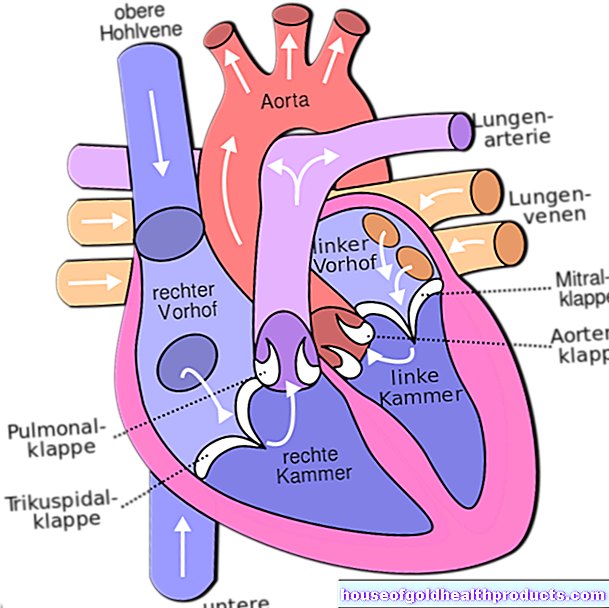


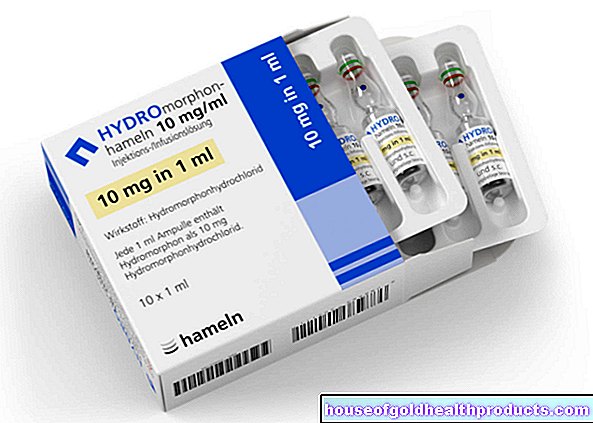



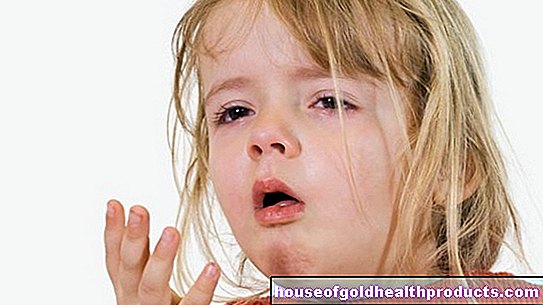

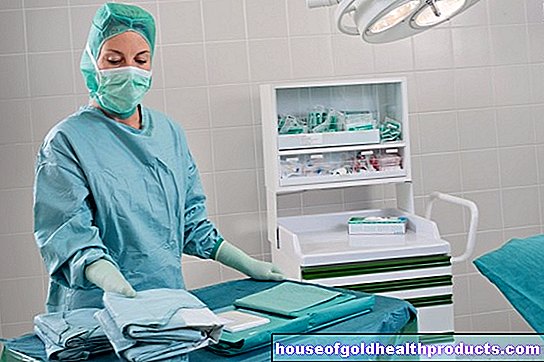
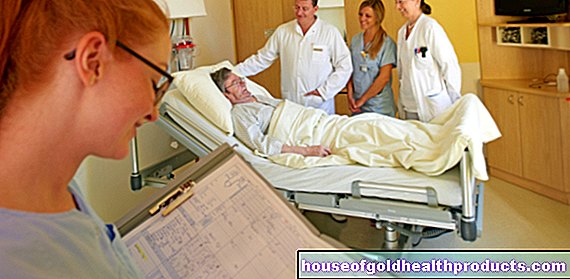
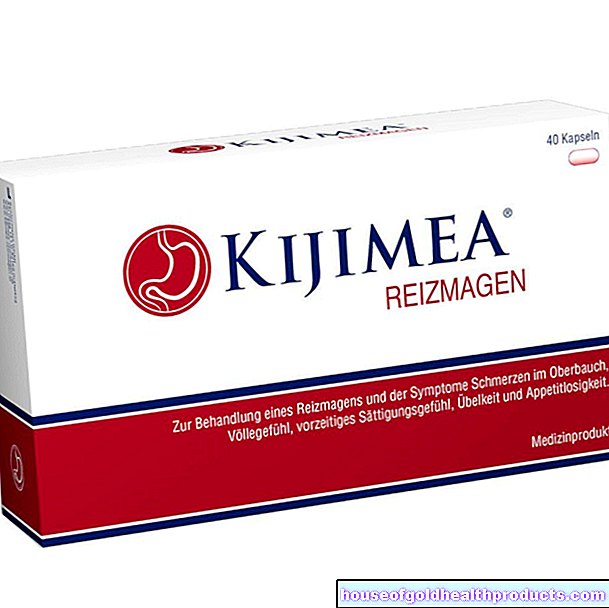

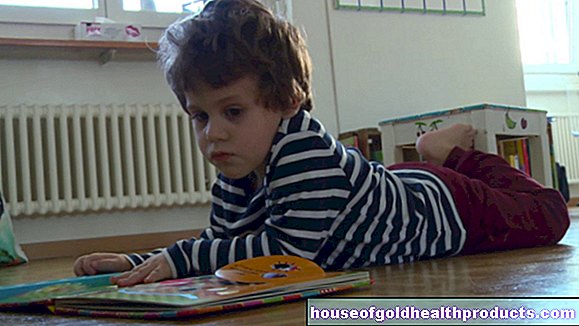

-warten-auf-den-piks-der-freiheit.jpg)
